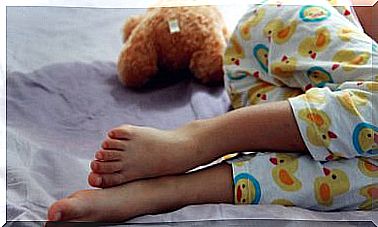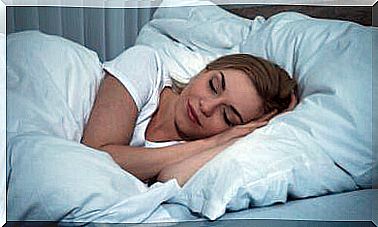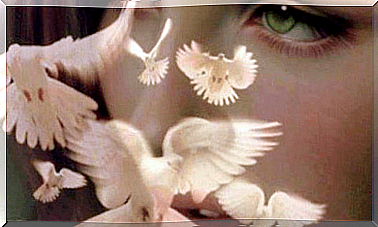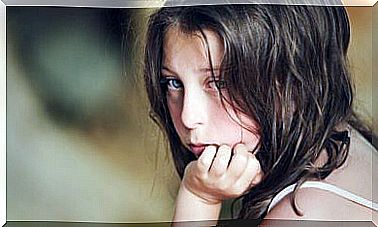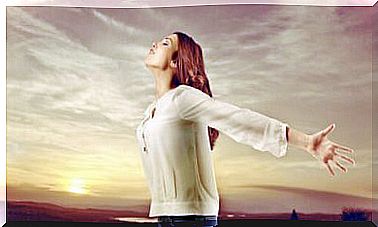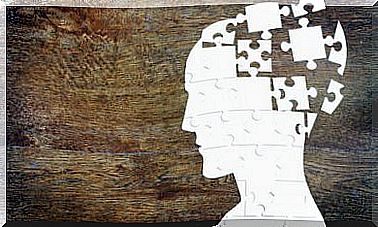What Is The Cerebellum, What Parts Make It Up, And What Is Its Function?
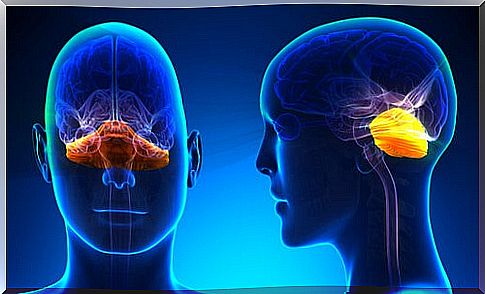
The cerebellum is a structure that makes up approximately 10% of the total volume of the brain . He is specialized in the control of movements, sensorimotor integrations and body balance. This part of the brain is located under the cerebral hemispheres, enveloping the brain stem from its dorsal part.
What joins the cerebellum to the rest of the brain are three tracts called cerebellar peduncles. It has multiple connections to different parts of the cerebral cortex that send information about body movements. Together with the basal ganglia, it interacts with the sensorimotor system, coordinating and modulating its activity.
In short, the cerebellum is responsible for regulating movement and posture, adjusting the outputs of the main motor systems. Its function is very important, and its injury can cause very significant and disabling deficits in movement, balance, and learning of motor sequences.
Leonardo da Vinci and the term “cerebellum”
Something that not everyone knows is that one of the first precursors of neuroscience was Leonardo Da Vinci. Passionate as no one about human physiology, he was the one who actually coined the term cerebellum. We are in the year 1504, and da Vinci spends a large part of his nights immersed in a very specific task: making wax molds of the human brain and of that area that he called the cerebellum, that is to say “small brain.”
His two small hemispheres embedded in his own brain caught his attention and already in those days, he undoubtedly wondered what function that structure would have. To this day, we already know a large number of data about this area, and in fact, it is one of the structures that most intrigue neurologists.
In fact, it is enough just to advance one piece of information: the cerebellum only has 10% of brain volume but in reality, it contains almost 80% of the total neurons of our brain …
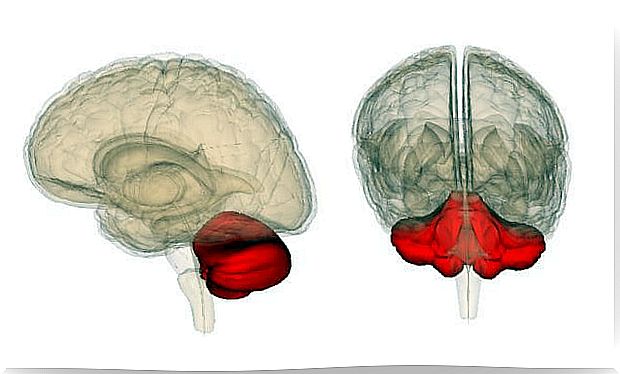
Structure of the cerebellum
As a study by University College London explains, and published in the journal Neuroscience , to this day we still do not know all the functions of the cerebellum. However, what we do know clearly is how it is made up. These are the data:
The cerebellar surface can be classified into three different parts: two hemispheres and vermis. Regarding its organization, the cerebellum has 3 layers :
- The granular layer. It is the innermost and is made up of a large number of interneurons (granular and Golgi).
- The molecular. It is where the axons of the granule cells are located. There are also interneurons, but different (stellate and basket).
- The Purkinje cell. It lies between the two anterior layers and is made up of the bodies of Purkinje cells, the only projection cells of the cerebellar cortex. Its axons go to the deep nuclei of the cerebellum.

As for the deep nuclei, inside the white matter we can find 4 pairs of gray matter nuclei:
- Serrated core. The cerebellum sends the result of the analysis of information from the motor cortex about the onset of movement. He is involved in learning new motor patterns.
- Interposed nuclei (emboliform and globose). It is responsible for the movement of the arms and hands (rubrospinal system). Also learning new motor patterns.
- Fastigio nucleus or roof. It deals with balance and automatic movement functions.
- Pontine nucleus. It communicates the frontal association cortex and the primary motor cortex with the lateral cerebellum.
Main functions of the cerebellum
The cerebellum is responsible for controlling both motor functions, such as coordination or balance. Now, they are tasks known for decades, just as we know that it is key in motor learning. Also, this structure performs very sophisticated tasks. One of them are neural programs for the control of learned movements. Thanks to him we carry out automatic actions, such as driving a car.
Let’s see, however, what more functions it performs.

The cerebellum and emotions
The cerebellum is connected to the limbic system and the brain amygdala. Thanks to this point of union, we can regulate our emotions, associate sensations with feelings, and in turn learn from these processes.
Regulate our thoughts
In 2016, an interesting article was published in the Journal of Neurology where Dr. Jeremy D. Schmahmann of Harvard Medical School and director of the ataxia unit at Massachusetts General Hospital revealed something shocking. The cerebellum is key in our cognitive processes.
This theory was developed after extensive clinical practice. He was able to see how patients with cerebellar damage had deficits in the cognitive domains of executive function, spatial cognition, and language.
The cerebellum and movements
The cerebellum has connections with different parts of the central nervous system, thanks to which it carries out multiple functions:
- Vestibule-cerebellar. Sends corrective signals to the vestibular nuclei to modify posture and restore balance. Injury to this pathway can cause instability and nystagmus (small, rapid eye movements).
- Hawthorn-cerebellar. It is involved in the control of posture and locomotion and modifies muscle tone. Control the movements of the limbs. An injury to this pathway would cause ataxic gait (staggering and swaying when walking).
- Cerebro-cerebellar. Modulator of the descending systems of the cerebral cortex. It is key to the coordination of voluntary movements. It is involved in the initiation of movements. An injury to this connection would cause movements to take longer to start and finish.
In the different connections of the cerebellum with other areas, it almost always acts as a regulator. It records information and regulates the movements of different parts of the body, depending on the structure to which it is connected. Functions like maintaining balance or learning a movement could be difficult if these pathways are broken.
A person with a cerebellar injury may find it difficult to maintain a seasonal posture (standing upright), and trying to do so leads to tremors. It is also common to detect abnormalities in balance, gait, speech and even in the control of eye movements. So movements of all kinds can be affected. It is difficult for those who suffer from it to learn new motor sequences.
Pathologies that cause degeneration of the cerebellum
Some neurological diseases can cause neuronal death in the cerebellum. Thus, cerebellar degeneration can favor the following conditions:
- Multiple sclerosis, in which myelin damage can affect the cerebellum.
- Transmissible spongiform encephalopathies. Like, for example, mad cow disease. Abnormal proteins cause inflammation of the brain, especially the cerebellum.
- Friedreich’s ataxia. Caused by inherited genetic mutations that progressively kill neurons in the cerebellum, brain stem, and spinal cord.
- Endocrine diseases that affect the thyroid or pituitary gland
- Chronic alcohol abuse that causes temporary or chronic cerebellar damage.
The most characteristic symptoms of cerebellar degeneration are a wobbly and unsteady gait with the legs apart, usually accompanied by a wobble of the trunk, back and forth.
Other symptoms include slow, unsteady, jerky movements of the arms and legs, sluggish and sluggish speech, and nystagmus (small, rapid eye movements).
Cerebellar degeneration is often the consequence of inherited genetic mutations that disrupt the normal production of specific proteins necessary for the survival of neurons. Treatment of disorders of the cerebellum is limited to physical therapy and learning to live with the lack or defects in motor skills.
Disorders of the cerebellum are rare, but their impact can be very damaging and seriously affect the quality of life of people who suffer from them.
Treatments for conditions in the cerebellum
Some systemic disorders (such as hypothyroidism or celiac disease) and exposure to toxins can be treated, the intervention in these cases will depend on the causes. On the other hand, in structural lesions (tumor, hydrocephalus), surgery is usually the most ideal.
Some ataxia can be reversed if the underlying cause is treated. In other cases, it may go away on its own. For example, a clot or bleeding in the cerebellum can cause ataxia, headache, dizziness, nausea, and vomiting. A proper diagnosis allows the patient to be properly cared for, which will help avoid any permanent damage.
However, in many cases the treatment is usually symptomatic. For example, exercises to improve balance, posture, and coordination; as well as devices to aid walking, eating, and other daily activities.
Finally, to avoid the appearance of cerebellar disorders it is recommended :
- Avoid excessive consumption of alcoholic beverages, as well as the intake of certain medications, such as barbiturates and benzodiazepines,
- Avoid exposure to heavy metals such as mercury and lead or to solvents such as those used in paint. These damage the nerve cells in the cerebellum, leading to ataxia.
- Limit cigarette smoking, as it increases the risk of stroke
- Doing physical exercise or regular physical activity benefits the heart and blood vessels and reduces the risk of stroke,
- Protect your head with the use of helmets, especially extreme sports.
Carlson, N. (1996). Physiology of behavior . Barcelona: Ariel.
Jonh H. Martin (2004). Neuroanatomy (2nd edition). Prentice Hall.
Pinel, J. (2006). Biopsychology (6th edition). Prentice Hall.
